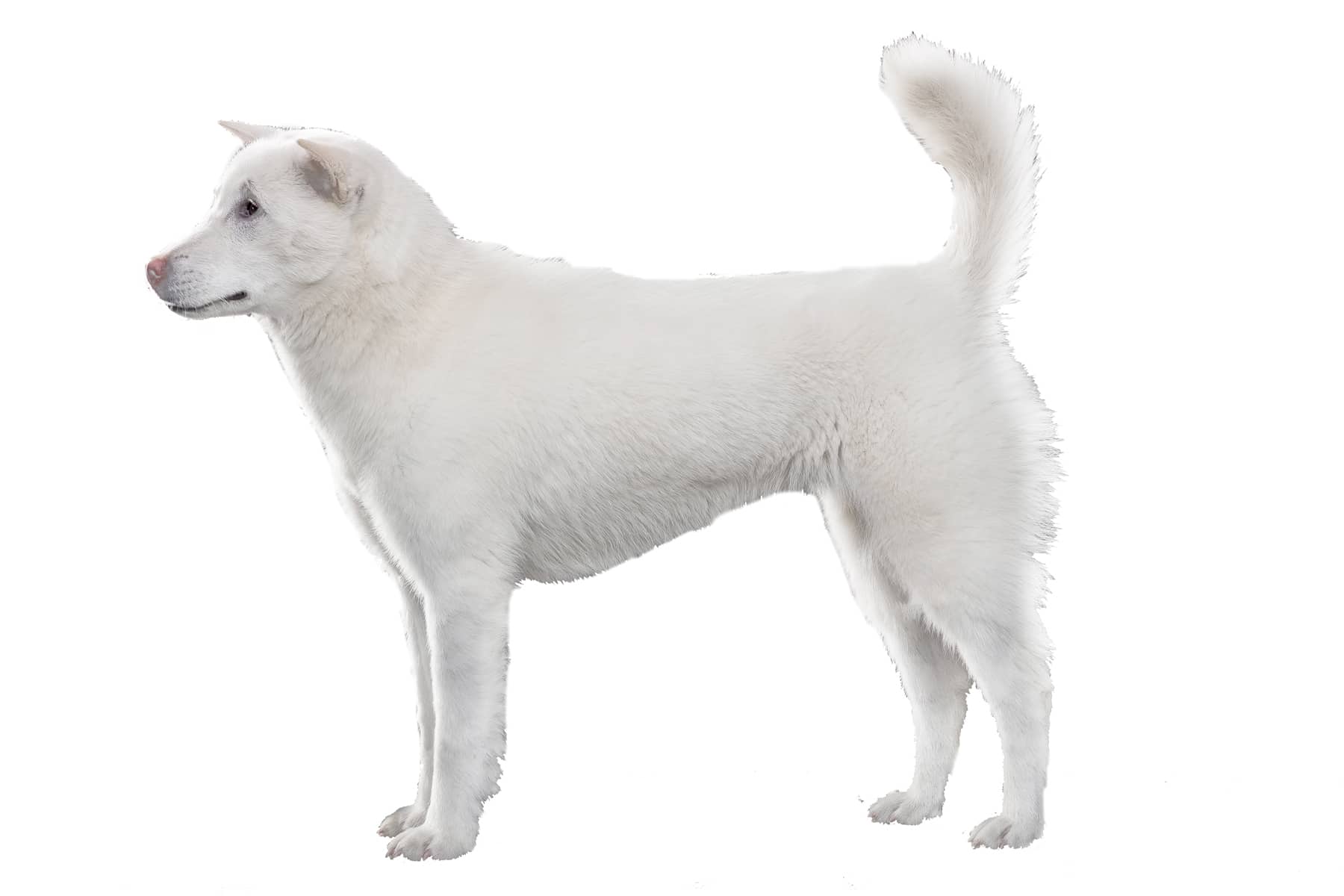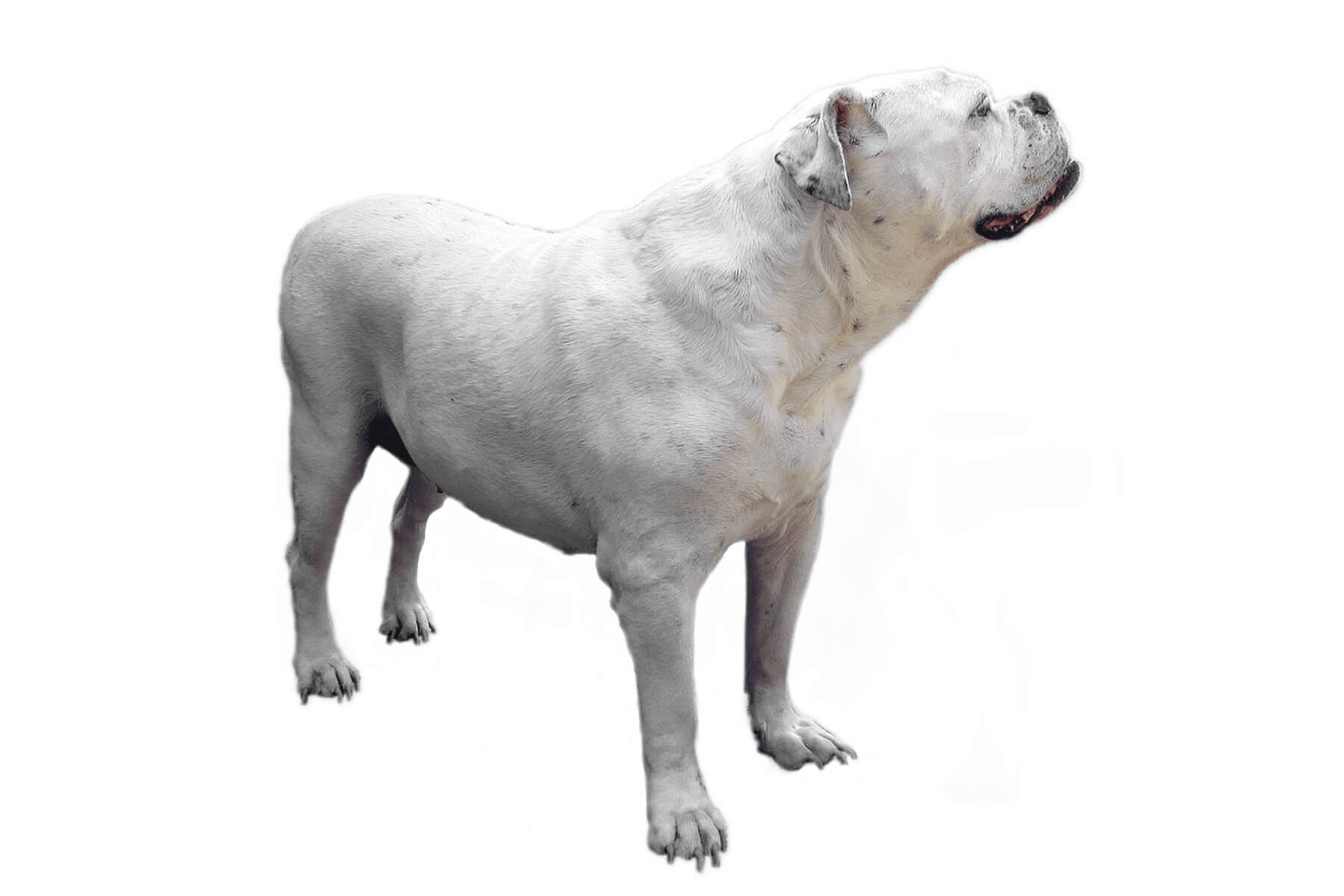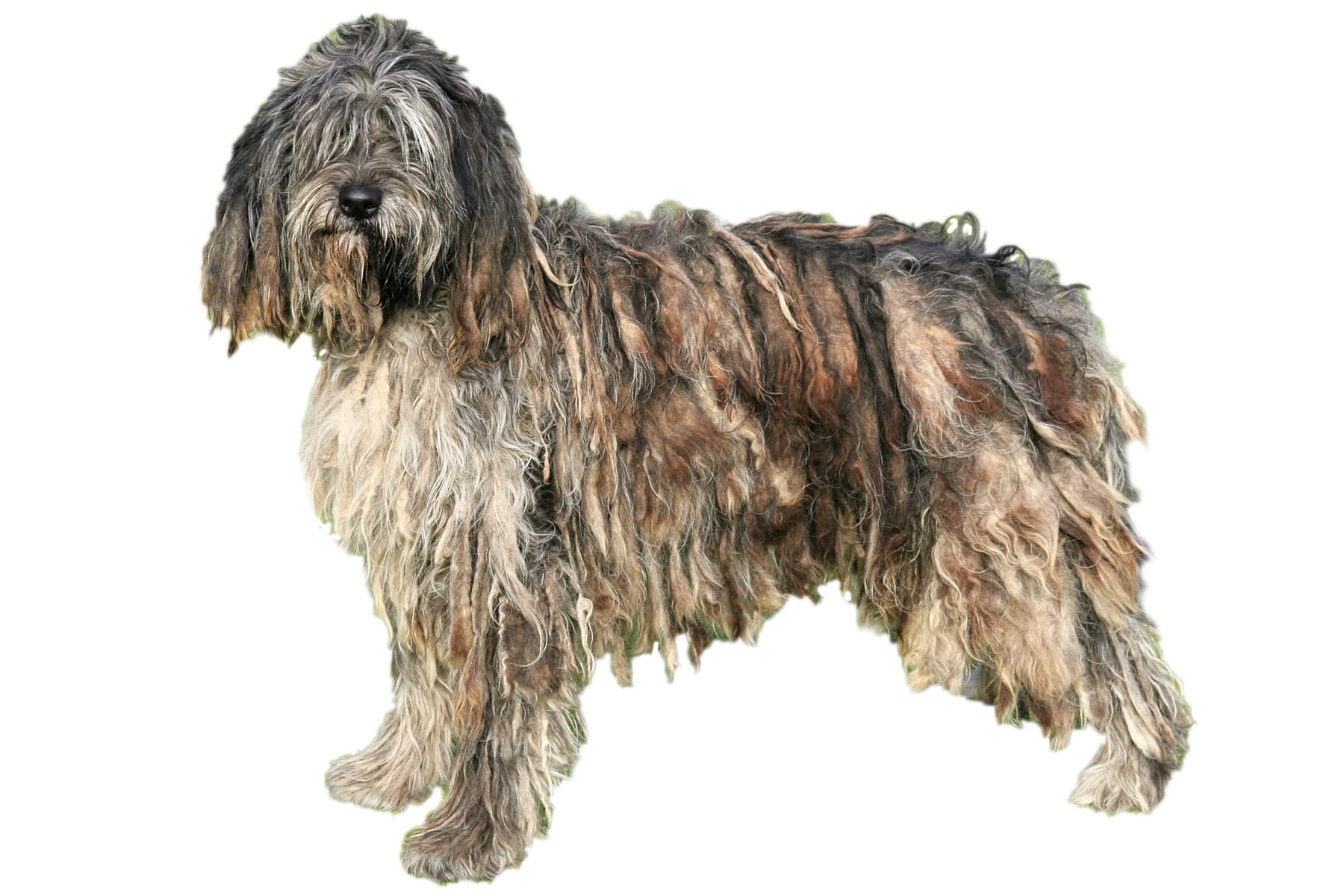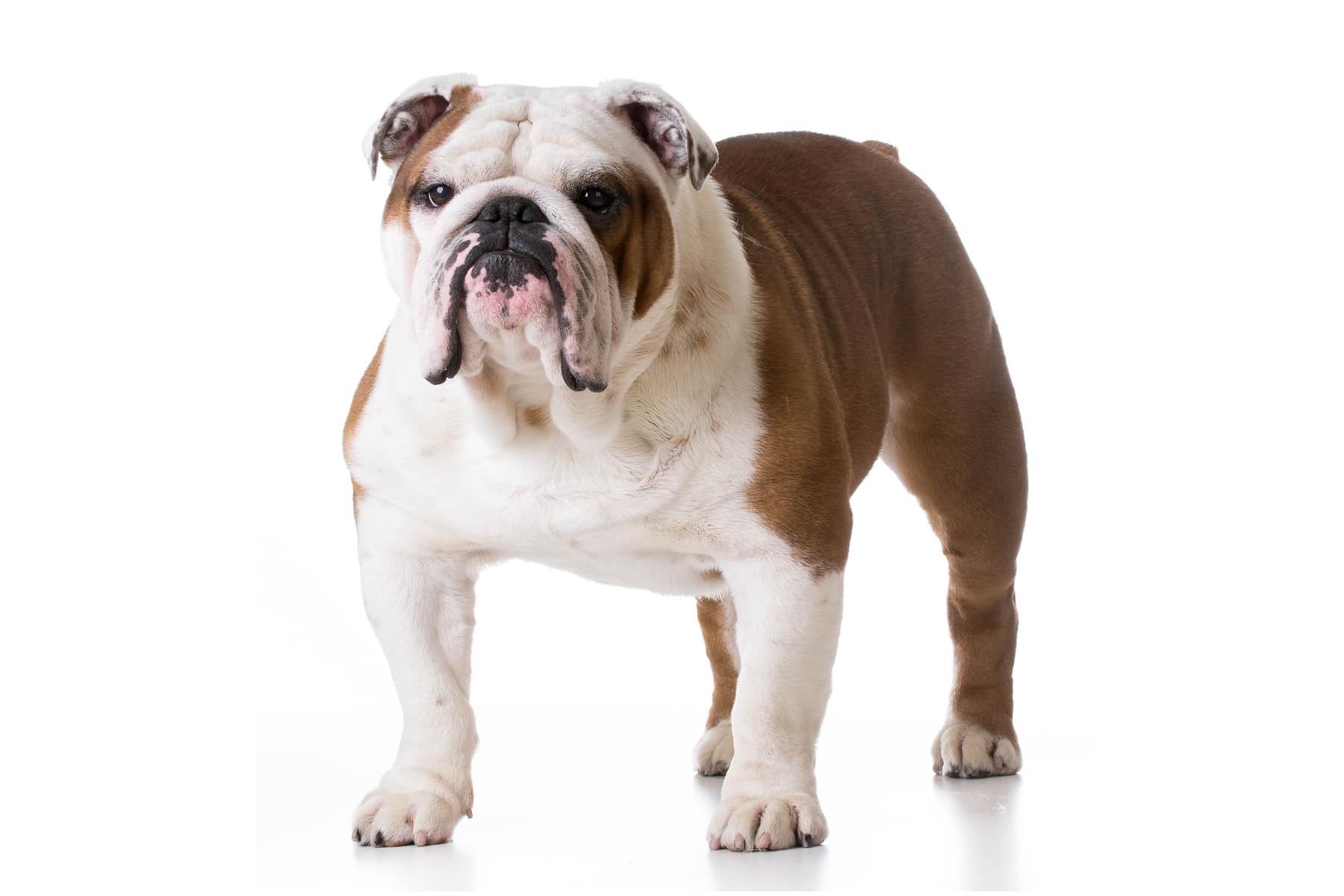Swedish Lapphund
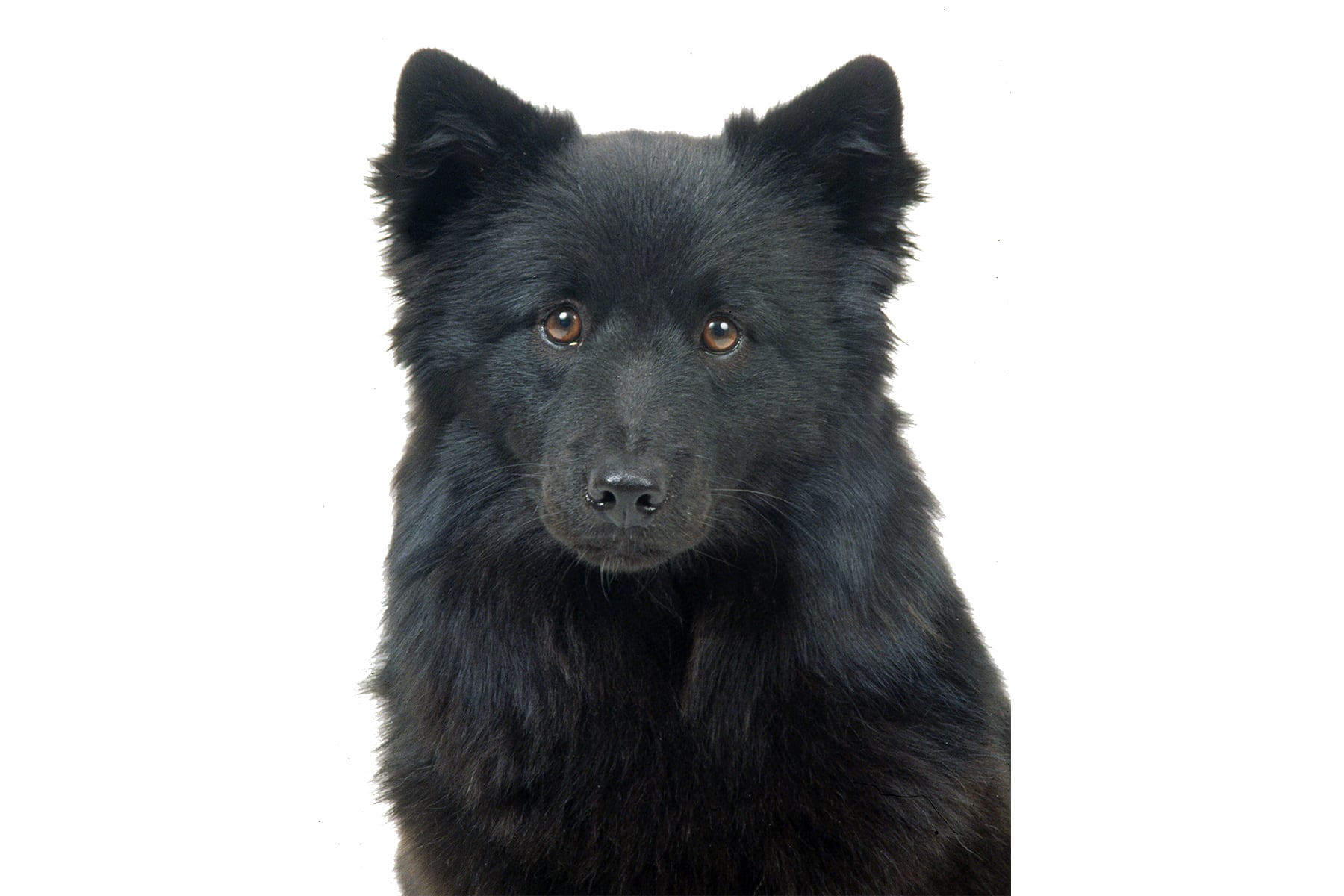
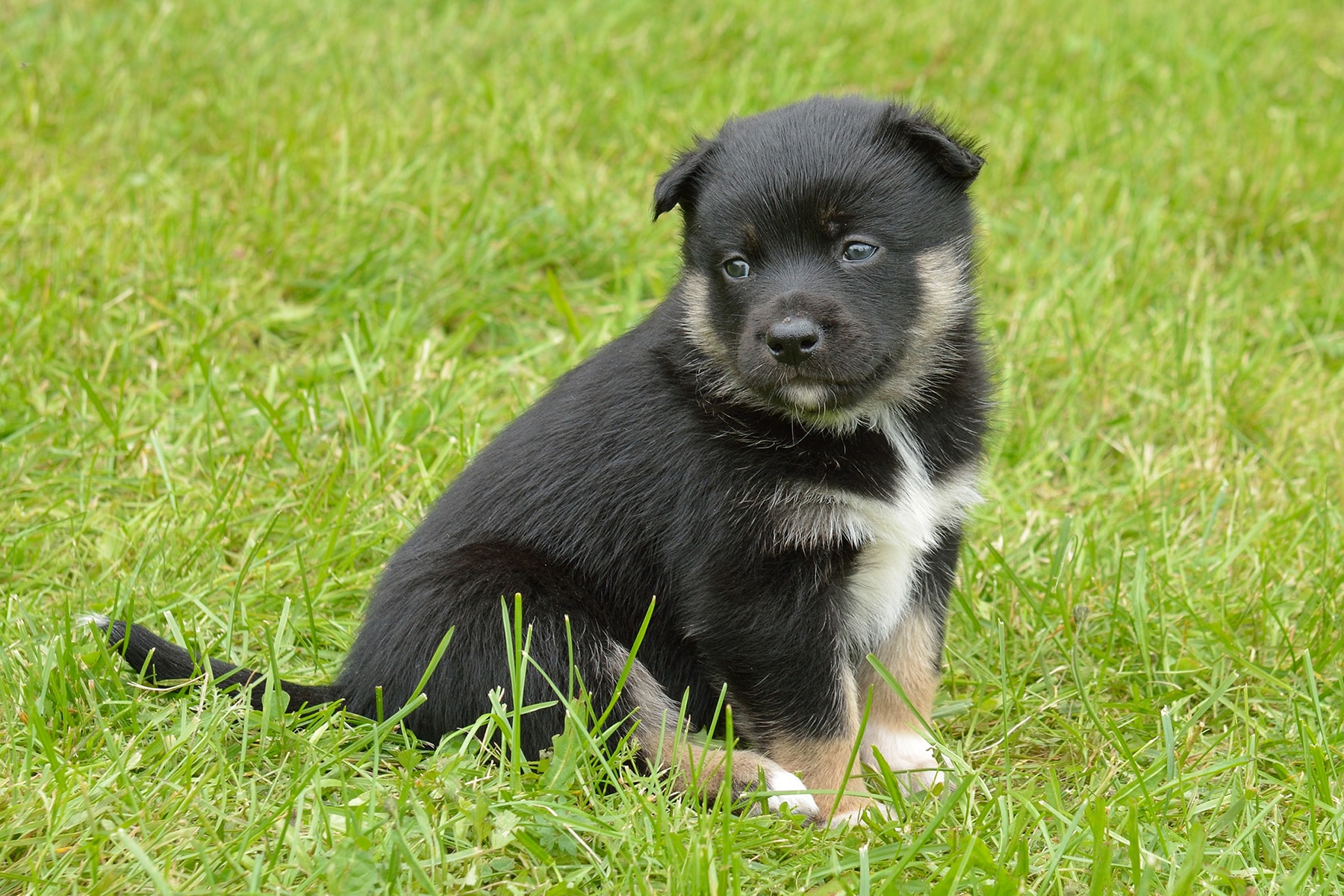
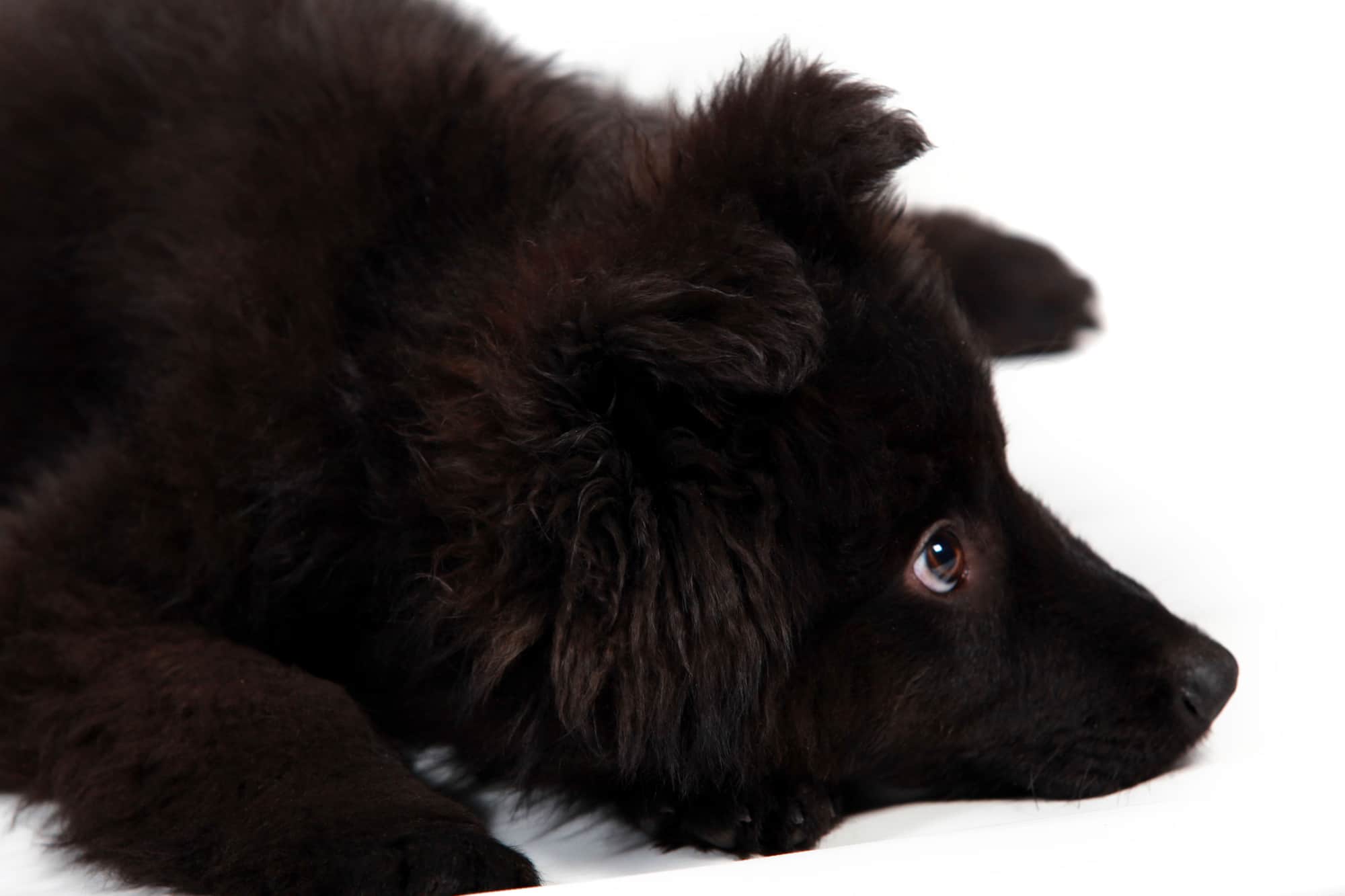
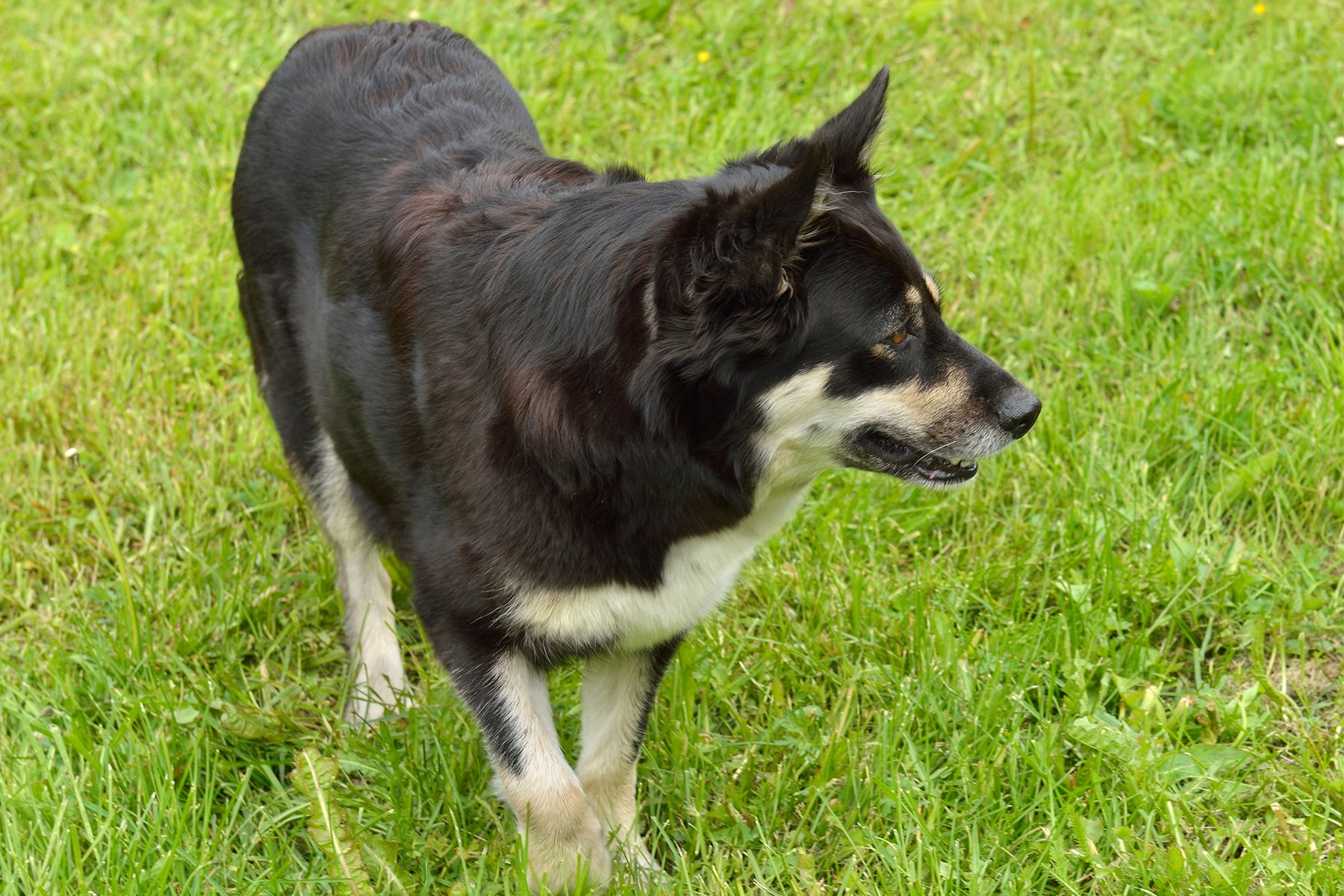
Temperament:
The Swedish Lapphund is a beautiful and loyal companion in all weathers. The former herding dog is rightly becoming increasingly popular as a family dog. A spirited bundle of fur with big eyes, it has what it takes to melt any heart in an instant. He is particularly suitable for active people and families.
Characteristics
The Swedish Lapphund already reveals its origins in its name. It is the traditional reindeer herding dog of the Lapps and Sami of northern Sweden. It is closely related to the Finnish Lapphund. Both are descended from the same ancestors.
The breed is recognized by the FCI and belongs to Group 5 of the Spitz and Primitive type dogs. The relationship to the Spitz is easily recognizable in the appearance of the Swedish Lapphund. The characteristic head with triangular ears frames large, alert eyes. With a shoulder height of 40 to 51 centimetres, it is one of the medium-sized dog breeds.
His coat is always black. Only occasionally are there small white markings on the paws or chest. Like all Spitz dogs, it has a double coat with a very dense undercoat and long top coat. This coat makes him very resistant to almost all weather conditions.
In character, the Swedish Lapphund is very alert, lively and friendly. It is well suited as a family dog. However, it is also often used in dog sports, for hunting or as a guard dog. Unfortunately, its original role as a herding dog is hardly needed today.
As an intelligent and persistent dog, it is important that he is constantly challenged physically and mentally. Its independent nature requires consistent training. In experienced hands, the Swedish Lapphund is a loyal and robust companion.
The Swedish Lapphund tends to bark, which benefits him as a guard dog. With early training, the barking can be well controlled. It is generally friendly towards other animals.
Coat care:
Shedding:
Energy level:
Trainability:
Children suitable:
The right food
When choosing food, make sure that it contains high-quality ingredients, is balanced and meets your dog's requirements. Age, size or weight, activity and health status play an important role. You should follow the manufacturer's recommendations for the amount of food.
Treats should only be fed in moderation and deducted from the basic diet to avoid obesity.
Puppies can be fed 4-6 times a day. The number of meals should be gradually reduced to 2 per day until the dog is fully grown. A rest period should be observed after meals.
Fresh drinking water should be available at all times.
Health & Care
Although the coat of the Swedish Lapphund is as luxuriant as it is imposing, it is not difficult to groom. The coat is very dense and offers excellent protection against the weather. The firm structure of the top coat is dirt-repellent. It is therefore sufficient to brush the Swedish Lapphund from time to time to remove coarse dirt or sticks.
Daily brushing is only necessary during the shedding period. Dog shampoo should be used very sparingly with this dog. It should therefore only be bathed in absolutely exceptional cases. Trimming is also not normally necessary.
As with any dog, the claws must be checked regularly and trimmed if necessary. The ears should also be cleaned from time to time to avoid infections.
Suitable accessories
The Swedish Lapphund does not need any special accessories that other dog breeds do not also need. A good, sturdy coat brush is just as much a part of the shopping basket as claw scissors and tick tweezers. Other accessories include a collar or harness with lead, a dog basket or dog mat as a retreat, water and food bowl, toothbrush and toothpaste for dogs, a transport box for transportation in the car and a first aid kit. It's best to ask your vet what should be in the first aid kit.
Particular attention should be paid to training and activity accessories for the Swedish Lapphund. The active working dog needs to be well trained and responds to any kind of activity. Clicker training is a good option here. But agility, intelligence games or obedience training are also fantastic options.
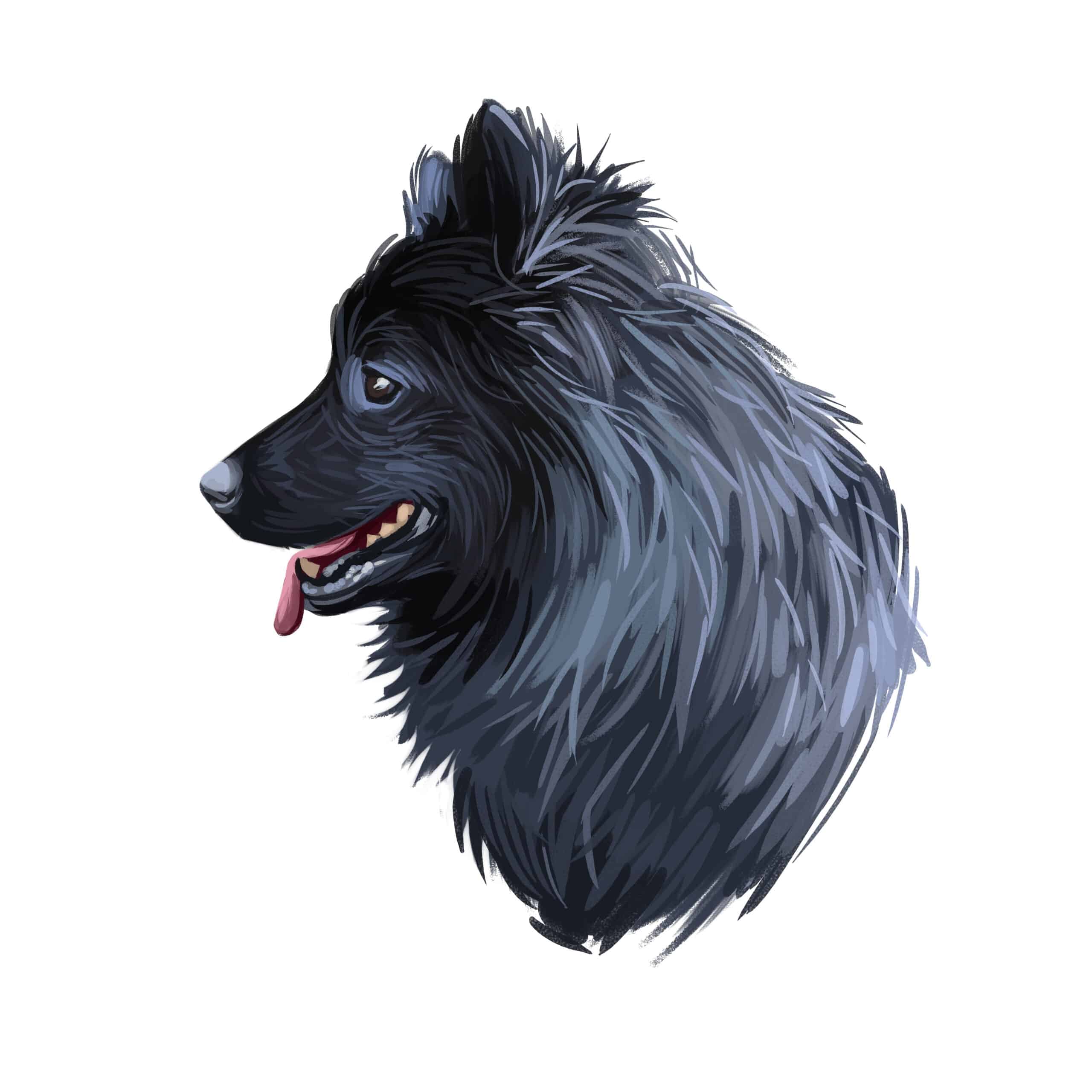
Origin & History
The Swedish Lapphund has common ancestors with the Finnish Lapphund. Both originated from dogs that were bred by the Lapps and Sami people specifically to guard their large reindeer herds. They served as indispensable working dogs for centuries.
Breeding specialized more and more in weather resistance and independence. The dogs had to deliver top physical performance. Enduring and willing to work, they were the ideal partners for herd owners. In this way, they secured their livelihood.
It was not until the 20th century that three independent dog breeds were developed and recognized from these dogs. In addition to the Swedish and Finnish Lapphund, the Lapponian Herder still exists today. This has a shorter, stick-haired coat.
As technology progressed, Swedish Lapphunds were gradually replaced by snowmobiles. However, thanks to their loyal and pleasant character, the breed has survived. Today they are very popular as family and companion dogs. However, they are also suitable for hunting, as guard dogs and even as search and rescue dogs.
